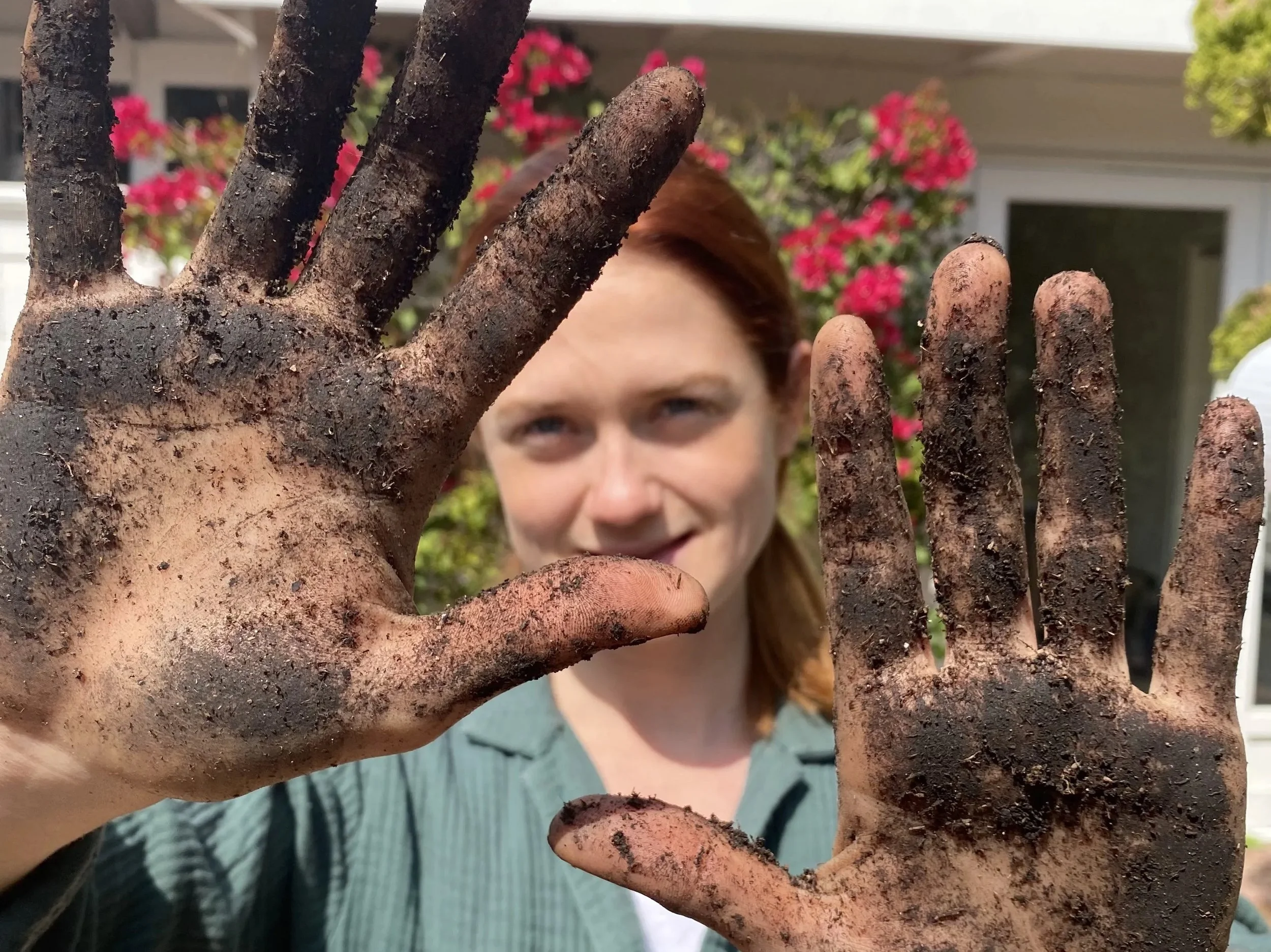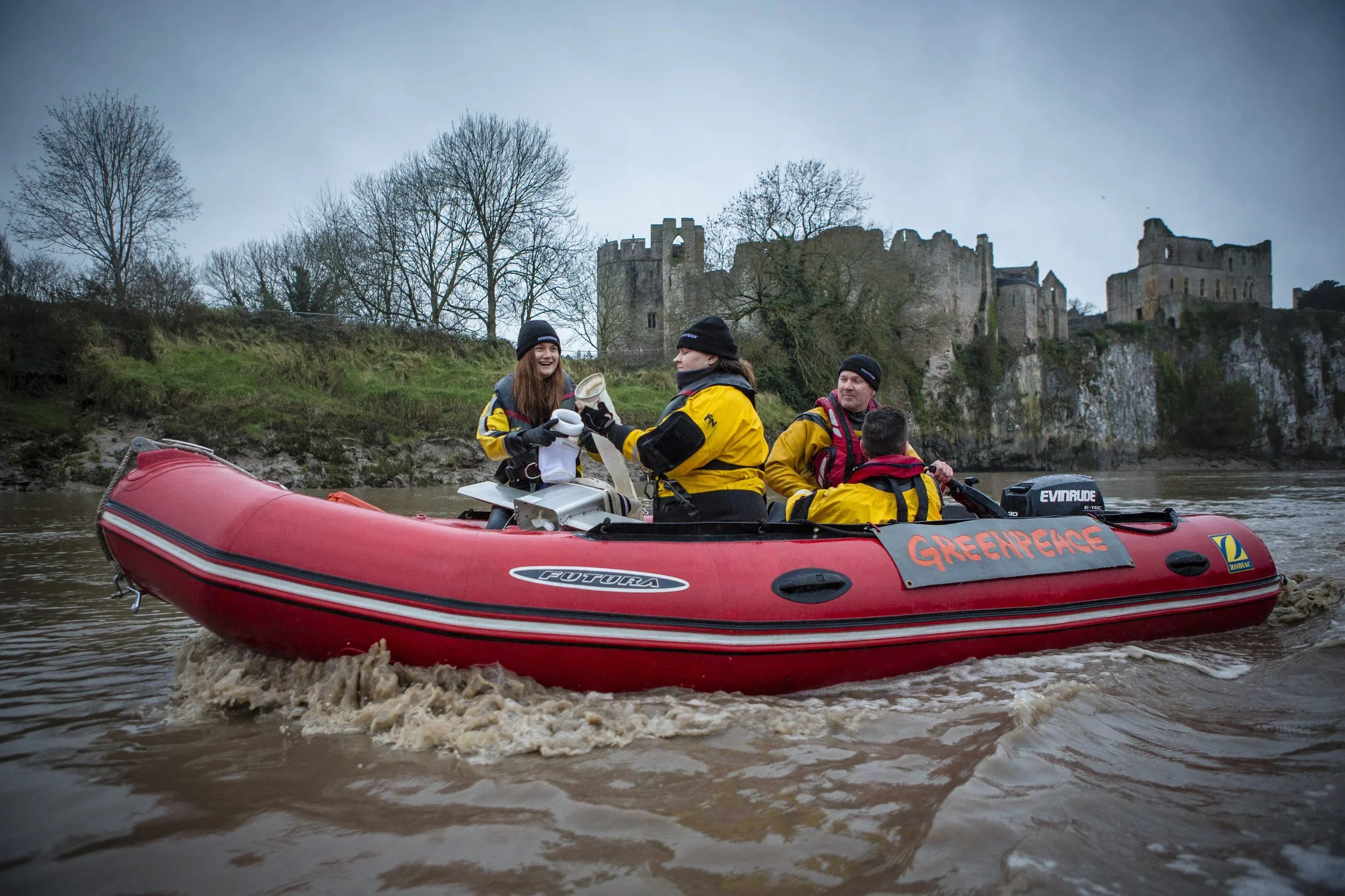THE GENTLE WAY TO GO
I felt it important to begin by sharing the inspiration behind the title of my book
go gently
A significant turning point for me as a human being, trying to do my own small part within this complex Biosphere was my realization that the force with which I take action has to be met with an equal amount of compassion and care. There is no shying away from the fact that we are in a climate emergency. But in my short years advocating for the protection of our environment, I have come to question how can I maintain my commitment to the cause throughout my lifetime? How can my actions be sustained? My answer has been to go gently.
go, is the hard, firm, call to action and gently, the soft, loving and understanding way with which to go about it all.
A lot of relationships and patterns we see in nature mirror this balance, the masculine and feminine, the hard and soft, the rage and tenderness. Its where these two meet that the magic happens. Like the crashing of a fluid wave on a hard rock.
I never thought I would author a book, yet my history and craft has always been storytelling, from acting to filmmaking. My work within the climate movement has also been about storytelling. I have had the privilege of meeting and learning from people on the frontlines of direct action, scientific research, indigenous knowledge, and policy. My role within this has been to listen, learn, un-learn and then communicate this with my online community who I am so grateful to engage with.
This work has been more direct, and public facing and in a way it has been the ‘go’ of go gently, still with a good dose of gentleness. But the real ‘gently’ of go gently for me, the work that has kept me grounded and in balance with this hard and soft has been the actions I have been taking in the privacy of my own home and close community. It is within these experiences that I found the inspiration to write my book.
When I came home from a climate march or a trip with Greenpeace, high on collective action and change, I could feel my energy and hope dwindle as I sat alone at home. I was determined to see how I could keep up with this work in my day-to-day life. How could I maintain my capacity for action beyond the fight or flight response I was finding myself in? There are some issues that are system issues, like being tied to an energy grid to power and heat a home that I can’t personally change overnight, or being reliant on a food supply chain without the ability to grow all of my own food. But I was curious to find smaller, more manageable entry points to the issues.
My gateway into the climate movement was ocean health, and my deep concern for the single-use plastics that were polluting our oceans and causing serious damage. So, of course my first action was to start addressing my use of single-use packaging in my home. I couldn’t possibly tackle my house all at once, so I narrowed it down and started with my kitchen. Suddenly what I was doing felt like it was at a scale I could comprehend and feel like I had some agency over. By lowering my use of single-use packaging I was able to notice how programmed some of my habits were, like to quickly wrap food in plastic wrap, grab a coffee in a to-go cup or not think to look for alternatively packaged food at the grocery store. Some plastic packaging was impossible to escape but I was empowered to see that I could actually shift some of my habits.
When I catch myself feeling disheartened about the future or I am sat at home alone not surrounded by an uplifting community of activists, I turn to these small positive habits I have developed at home. Like composting my food scraps, making my own toothpaste, drying my clothes without a dryer, or learning more about the plant growing on my street. These actions helped me to feel connected again, and I was able to weave myself back into the story, that we all have a role in the movement. These practices enabled me to slow down, gain strength, perspective and keep going to tackle the wider system issues. The climate movement that is happening across the world to defend and protect our planet and people from the climate crisis needs each and every one of us. But if we burn out or lose hope our power will not be sustainable. I decided to write a book about these quiet moments at home, using my creativity and curiosity to cultivate practices that were in line with Earth’s gifts and develop a mindset and skills that strengthened my resiliency.
A very important thing for me when writing go gently was to make sure that the actions and ideas felt accessible, manageable and approachable. Everyone is at different phases of their journey, we are each doing everything at our own pace, based on the time, access and interests we have. I wanted the book to be about the things we can be doing rather than the things we should not be doing. There can sometimes be a connection of sustainability with minimalism, of a raw stripping back, of doing without which can be intimidating and promote perfectionism, a stripping of personality from a situation, person, or issue. Our lives are eclectic, weird, and sometimes only understood by ourselves and this is where I wanted to meet my readers, in this eclectic raw mess where our day to day lives really happen. go gently is not about feeling bad for what you are or aren’t doing, feeling like you must throw everything out and start again. It’s about meeting you where you are at. Seeing where action can intersect with what you are passionate about, with what you have time to do and what you enjoy doing. And this can change! From day to day our capacity for action can change.
A quote I have really leant on during writing is by Janaya Future Khan. I heard them say it during an Instagram live, “there is no wrong way to do the right thing.” I have it written on a post it note, stuck to the side of my computer in front of me. We can get so limited by society’s model of perfectionism, that unless we are seeing success happen in front of our eyes we think we are failing somehow. The fear of doing something wrong can stop us from trying at all. In writing this book I tried not to fear saying something wrong. It’s highly likely I have got some things wrong, but if the fear took over and I never wrote the book at all, then these issues couldn’t come up and I wouldn’t have the opportunity to learn from them. Its difficult to be wiling and open to be wrong when society breeds perfectionism. But when that doubt rolls through I return to that post it. To remind myself, “there is no wrong way to do the right thing.” The effort and willingness to try is more important than getting it “right”.
I hope you too are inspired by this idea, and you don’t stop the moment you begin judging yourself or doubting yourself, because we all mess up a little but we won’t know anything until we try. When you hold the book in your hands come April make the book your own, make the action you take within the climate movement your own. You know yourself best. This book is just the beginning, not the end.
We are in a crisis of climate, the time is now to take action, but go gently, go lovingly because that is what will sustain you.
We are in a crisis of climate, the time is now to take action, but go gently, go lovingly because that is what will sustain you.
- Bonnie



